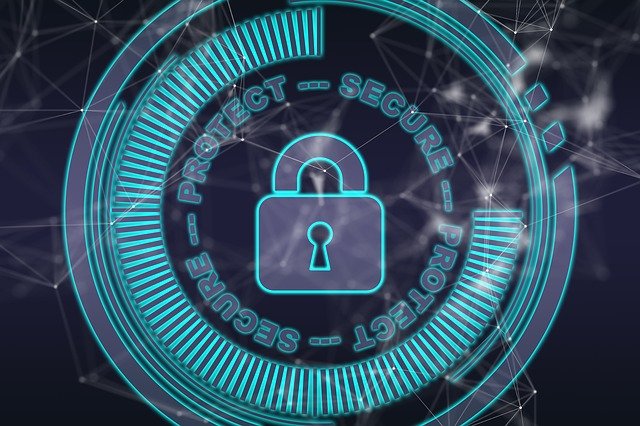What Cyber Incident Analysis Means- Cybersecurity incidents have grown in frequency and sophistication as technology has progressed. Someone is attempting to breach or rather hack a computer system almost every second somewhere on the planet. A cybersecurity incident is a malicious act with the intent of compromising or disrupting the physical or electronic security perimeter of a critical cyber asset. Social events, misuse incidents, hacking incidents, and virus attacks are all types of cybersecurity issues. Domain name systems, network infrastructure, websites, and even applications may all be targets of cyber-attacks. Individuals, businesses, and organisations are looking for ways to better protect themselves against cyber-attacks as the number of incidences of cyber security breaches rises. Detection, recognition, analysis, appraisal, restraint, obliteration, recovery, and finally post-incident recovery are all common steps in cyber incident response. This paper will mostly focus on cyber incident analysis.
What Does Cyber Incident Analysis Involve?
The process of determining what happened, why and how it happened, and what can be done to prevent it from happening again is known as cyber incident analysis. Both the purpose of the cyber-attack and the amount of the harm it has caused can be assessed from a cyber incident analysis report. It is a critical phase in the cyber incident response process that lays the path for the future steps. This means that the reaction plan will fail if the analysis portion is missing. The event analysis process and the tools employed in it can be described using the OODA loop. Observation, orientation, decision, and action are all part of the OODA loop.
Observe
In this case, an individual or organisation is expected to notice any unusual conduct that requires attention. Log management tools, intrusion detection systems, net-flow analyzers, vulnerability scanners, intrusion detection systems, and web proxies are some of the tools that can be employed. Understanding what is going on in your network is the goal of log management. This includes the individuals who come to see it. Attack signatures are used by intrusion detection systems (IDS) to identify and alert on any abnormal activity on the server. Net-flow analyzers evaluate a specific thread of activity to trace the traffic in your network. Lastly, vulnerability scanners point out areas of weakness that can have predisposed an organisation to an attack.
Orient
Examines what’s going on in your cyber threat landscape in order to draw meaningful conclusions and prioritise occurrences. Threat intelligence, security inquiry, and asset inventory are among the techniques utilised for orienting. Asset inventory helps you to obtain a thorough understanding of all of your network’s important systems, as well as the software installed on them. To determine the severity of a cyber incident, you’ll need to know what’s going on in your immediate area, which the inventory provides. Threat intelligence keeps you informed about actual cyber risks in the real world. They can be utilised to provide a full context for the danger by include things like compromise indicators and IP addresses with a bad reputation.
Decide
Focuses on using your observations and context to devise a response that causes the least amount of damage while allowing you to recover faster. Only two tools are used in this scenario, namely the company’s corporate policy and documentation. Both of these tools are designed to deliver information on what is acceptable and what is not. Based on this, you must classify the threat and then devise a response that follows the company’s policies and any other documentation.
Act
Incorporate the utilisation of cyber incident lessons to kick-start incident response and recovery. Backup and recovery tools, system management tools, security awareness tools, and incident response forensics tools are all involved. In order to evaluate digital traces, incident response forensic technologies are used to identify, analyse, and convey facts regarding digital material. Security tools, on the other hand, are designed to improve the system’s security so that the chances of another similar incident occuring are minimised.
It’s vital to remember that cybersecurity is never a post-attack problem; it starts even before an assault is conducted. As a result, organisations should engage with their IT team around the clock to ensure that their security processes are up to date and technologically relevant.











FIND US ON SOCIALS